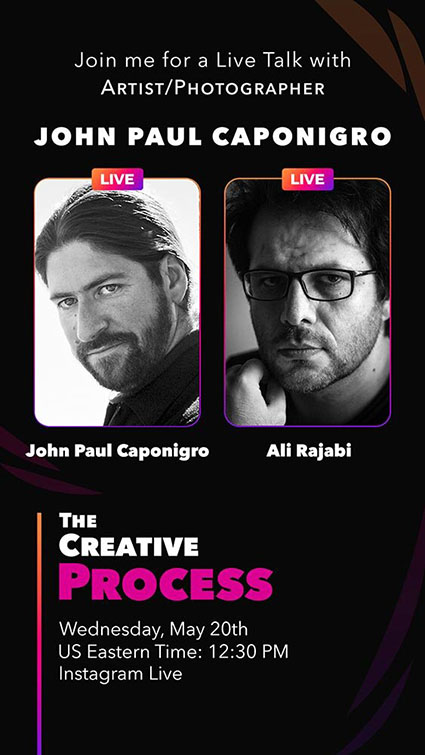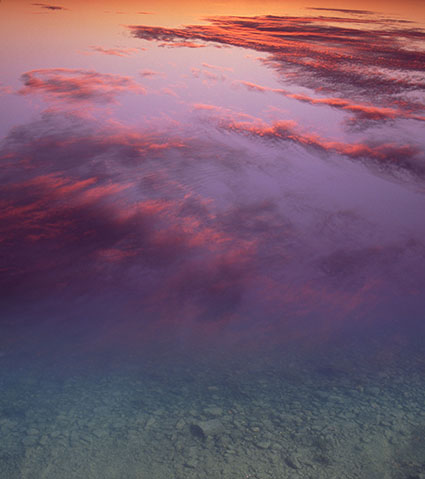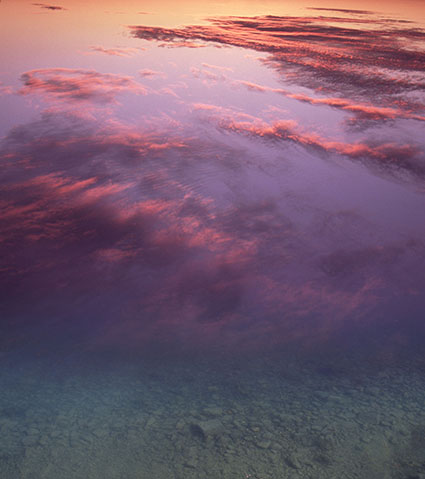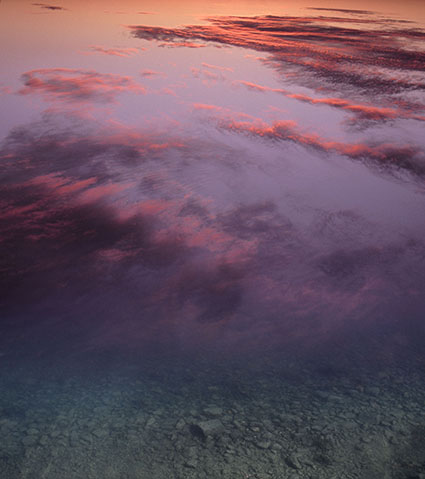New Features In Lightroom Classic and Photoshop June 2020 Updates – Colin Smith
Photoshop Cafe’s Colin Smith takes you on a tour All the new features in Adobe Lightroom Classic June 2020 update and and all the new features in Photoshop 2020 for the June update to version 21.2 release. (Check out the new sleek ACR interface!)
Find out more from Colin Smith at Photoshop Cafe.
Learn more in my digital photography and digital printing workshops.





